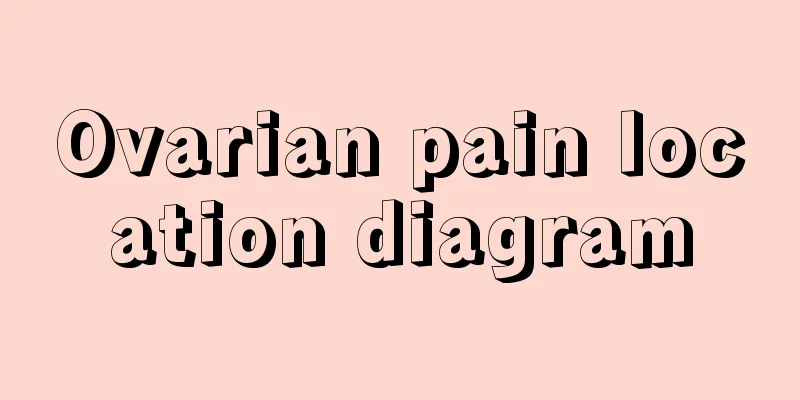How is pregnancy caused by intrauterine adhesions?

|
The human body is very fragile, especially women. Women have one more uterus than men. The uterus is very important to women, but also very fragile. It can be hurt if you are not careful. The uterus is the place where menstruation occurs and the fetus is nurtured. It is located in the center of the pelvic cavity. If there is a problem with the uterus, it will be very troublesome. Let's take a look at how intrauterine adhesion pregnancy is caused. You can take precautions. Any factor that causes endometrial destruction can cause uterine adhesions. About 91% of uterine adhesions are related to pregnancy and are common after artificial abortion or spontaneous abortion curettage. and postpartum hemorrhage after curettage. Because the pregnant uterine wall is relatively soft, it is difficult to control the depth during curettage, or the uterine cavity may be excessively scratched, the negative pressure may be too high during suction, and the time may be too long. The basal layer of the endometrium may be scraped off, resulting in postoperative intrauterine adhesions. The suction head and scraper repeatedly enter and exit the cervical os, and irregular dilation of the cervix can aggravate the injury and increase the chance of postoperative intrauterine adhesions. Intrauterine adhesions caused by non-pregnancy factors account for about 9%, such as endometrial tuberculosis, myomectomy, diagnostic curettage, etc. Causes 1. History of intrauterine operation (1) Pregnancy factors: intrauterine operations related to pregnancy such as vacuum aspiration in early pregnancy, forceps curettage in mid-pregnancy, curettage in mid-pregnancy, curettage for postpartum hemorrhage and curettage for spontaneous abortion. This may be because the basal layer of the endometrium of the pregnant uterus is more easily damaged, causing the uterine walls to adhere to each other and form permanent adhesions. (2) Non-pregnancy factors: Myomectomy (entering the uterine cavity), transuterine removal of submucosal uterine myomas, hysterectomy, and double uterus surgery destroy the basal layer of the endometrium, exposing the myometrium to the uterine cavity and leading to anterior and posterior adhesions of the uterine wall. 2 Surgical inflammatory factors include intrauterine infection, uterine tuberculosis, postmenopausal senile endometritis, secondary infection after uterine operation, puerperal infection, secondary infection after intrauterine contraceptive device placement, etc. 3. Human factors: artificially destroying the basal layer of the endometrium, causing intrauterine adhesions. Such as: after endometrial electrosurgical resection, intrauterine microwave, cryotherapy, chemotherapy and local radiotherapy. In daily life, we must pay attention to protecting ourselves. Women with cold body should not eat cold food, which will hurt the uterus. The uterus controls whether a woman can get pregnant, so it is very important to women. So, keep yourself clean and pay attention to protecting yourself. After all, your body is your own. Don't have too many abortions, as it will cause great damage to the uterus. |
<<: Is it normal to not see yolk sac at 6 weeks of pregnancy?
>>: How to treat intrauterine adhesions
Recommend
Can ovarian cysts be eliminated by taking medicine?
Ovarian cyst is one of the common tumors of the f...
How many eggs does a woman produce each month?
Women who are preparing for pregnancy usually con...
Pregnant woman dreams of dying
Dreaming is something that everyone has experienc...
Are cataracts more likely to occur as you age? Here's why
Many middle-aged and elderly friends experience a...
Can uterine fibroids be detected by B-ultrasound?
Can uterine fibroids be detected by B-ultrasound?...
Why do women always feel tired and want to sleep?
In the long life, everyone will inevitably encoun...
Is it normal to have menstruation eight months after giving birth?
Menstruation is a phenomenon that women attach gr...
The bulge of the transplanted anus is implantation
We all know that after the fertilized egg grown t...
What should I do if I have a lot of acne on my back during pregnancy?
After pregnancy, if some pimples appear on the ba...
What should parents do if they discover that their child has refractive error?
With the arrival of summer vacation, after a seme...
The reason why a 55-year-old woman can't sleep at night
In daily life, many women suffer from insomnia an...
Medicines for irregular menstruation
Many female friends will experience symptoms of i...
How many weeks does morning sickness start?
Many female friends are not prepared to be mother...
Why does the vagina deflate when doing a handstand?
People often do handstand exercises, using only t...









